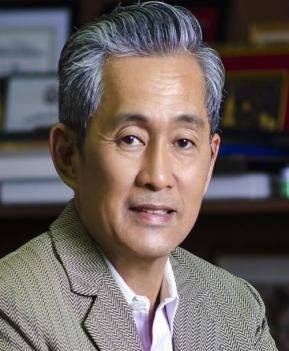TECH4GOOD

The age of AI is upon us, and it is beginning to change many aspects of human life profoundly. The creative industry is no exception. Today, it stands at a crossroads. Once seen as a wonderful melody of human imagination and ingenuity, AI reshapes how artists create, collaborate, and connect with audiences. Although the technology is bringing in exciting possibilities, it also carries with it a bagful of challenges. This early, we are seeing a persistent fear that, eventually, AI will replace human artists. Will AI extinguish the human spark of creativity, or will it become the artist’s ultimate digital paintbrush?
Generative AI, a powerful branch of AI, can not only analyze vast amounts of data and identify patterns much faster than any human can possibly do but, more importantly, generate novel ideas. For example, in music, generative AI can compose melodies, harmonies, and even lyrics. In visual arts, it can create unique designs, patterns, and color palettes. In writing, AI does not suffer from the usual writer’s block and can bring new twists to a story. The combination of human creativity and machine intelligence can open new artistic horizons.
One of the most captivating aspects of AI’s impact is its potential to amplify human creativity. Generative AI models can churn out novel ideas and variations at lightning speed. Imagine a graphic designer feeding a few keywords into an AI tool and receiving many unique logo concepts. It can also analyze a writer’s past work and suggest thematic pathways, plot points, or unexpected character developments. Similarly, AI can inspire musicians by generating novel melodies, assisting in composing complex harmonies, or even crafting entirely new musical styles. This explosion of possibilities can push creative boundaries, helping artists break free from familiar patterns and explore uncharted territories.
AI excels at handling repetitive and time-consuming tasks. Editing photographs, composing background music, or generating product mock ups – these can all be streamlined by AI algorithms, freeing up valuable time for creatives to focus on more strategic aspects of their work. A musician, for instance, could leverage AI to generate basic musical scores, allowing them to dedicate their energy to composing a captivating melody or writing poignant lyrics.
AI can analyze audience behavior, social media trends, and market data. Artists can leverage these insights to tailor content, identify niche markets, and make informed decisions. Data-driven creativity ensures relevance and resonance.
Beyond efficiency, AI fosters a more democratic approach to creativity. User-friendly AI tools with intuitive interfaces empower individuals without extensive artistic backgrounds to create content. This democratization opens doors for a wider range of voices and perspectives to be heard, potentially enriching the creative landscape with a newfound diversity. Imagine a budding entrepreneur using an AI tool to design a logo for their startup, fostering a sense of ownership and creative expression.
There’s a looming concern about the potential for job displacement. As AI automates routine tasks, some creative jobs, particularly those heavily reliant on repetitive processes, might become obsolete. This could lead to job losses in areas like photo editing, graphic design, copy writing, and even some forms of content creation. This necessitates a proactive approach from both creatives and the industry as a whole, emphasizing upskilling as a way to remain relevant in the evolving landscape. Creatives will need to adapt and embrace the power of AI as collaborators rather than competitors.
As AI generates content, questions arise about authorship and authenticity. How do we ensure originality? If AI-generated content floods the market, it could become difficult for human creators to stand out. The ability to fill art with a uniquely human touch and weave personal experiences and emotions into the creative fabric is a critical differentia tor AI currently struggles to replicate.
Issues like copyright infringement arise when AI-generated content bears an uncanny resemblance to existing works. Can AI-generated content be copyrighted? Who owns the rights – the creator of the AI tool or the user who prompts it? Additionally, AI algorithms are susceptible to perpetuating biases in the data they are trained on. This necessitates careful data selection and ongoing monitoring to ensure that AI-powered creativity doesn't reinforce societal inequalities. Artists must navigate this ethical landscape and find ways to maintain their unique voice.
The future of the creative industry with generative AI is likely to be a mixed bag. AI is unlikely to replace human creativity entirely. What it can do is become a powerful tool that augments and accelerates the creative process. Human artists and creators will still be essential for providing the emotional depth, cultural context, and storytelling magic that AI currently lacks.
The future of the creative industry is a story waiting to be written, a collaborative effort between human ingenuity and machine intelligence. ([email protected])
The author is an executive member of the National Innovation Council, lead convener of the Alliance for Technology Innovators for the Nation (ATIN), vice president of the Analytics and AI Association of the Philippines, and vice president of UP System Information Technology Foundation.